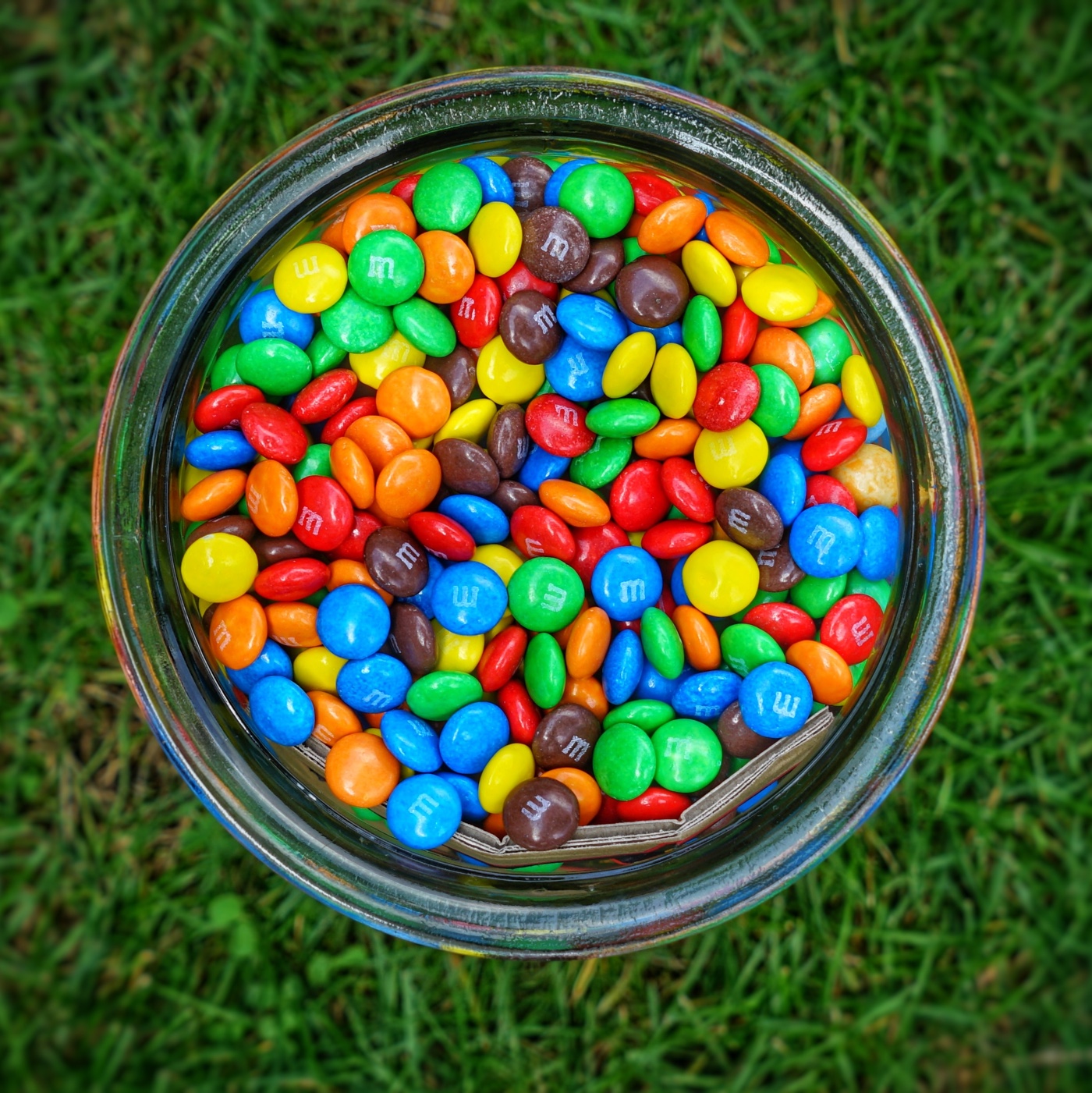Photosynthesis mimicry paves the way for Mars colonization

Scientists have made a groundbreaking leap in mimicking photosynthesis, creating a path for human sustenance on Mars and contributing to sustainable energy solutions on Earth. Spearheaded by the University of Warwick, in collaboration with the European Space Agency (ESA), Georgia Institute of Technology, and other global institutions, this innovative approach captures solar energy and converts it into chemical bonds, much like plant life.
The process involves using semiconductors to absorb light, similar to chlorophyll in plants, and then converting this stored solar energy to split compounds like water into breathable oxygen and hydrogen, a potential fuel source. This technique not only promises a continuous supply of air and energy in space habitats but also offers a more efficient and eco-friendly method of chemical production on Earth.
The potential applications are vast, with ambitions to transform carbon dioxide into solar fuels, especially significant given Mars’ high CO2 atmosphere. The method’s upcoming space trial, scheduled between late 2024 and 2025, will test its efficacy in weightlessness, marking a significant step toward realizing extensive space exploration and sustainable living on Earth. This interdisciplinary venture is likened to a “Manhattan Project for the Energy Challenge,” aiming to address urgent energy needs both terrestrially and extraterrestrially.
Source: BBC Science Focus Magazine



